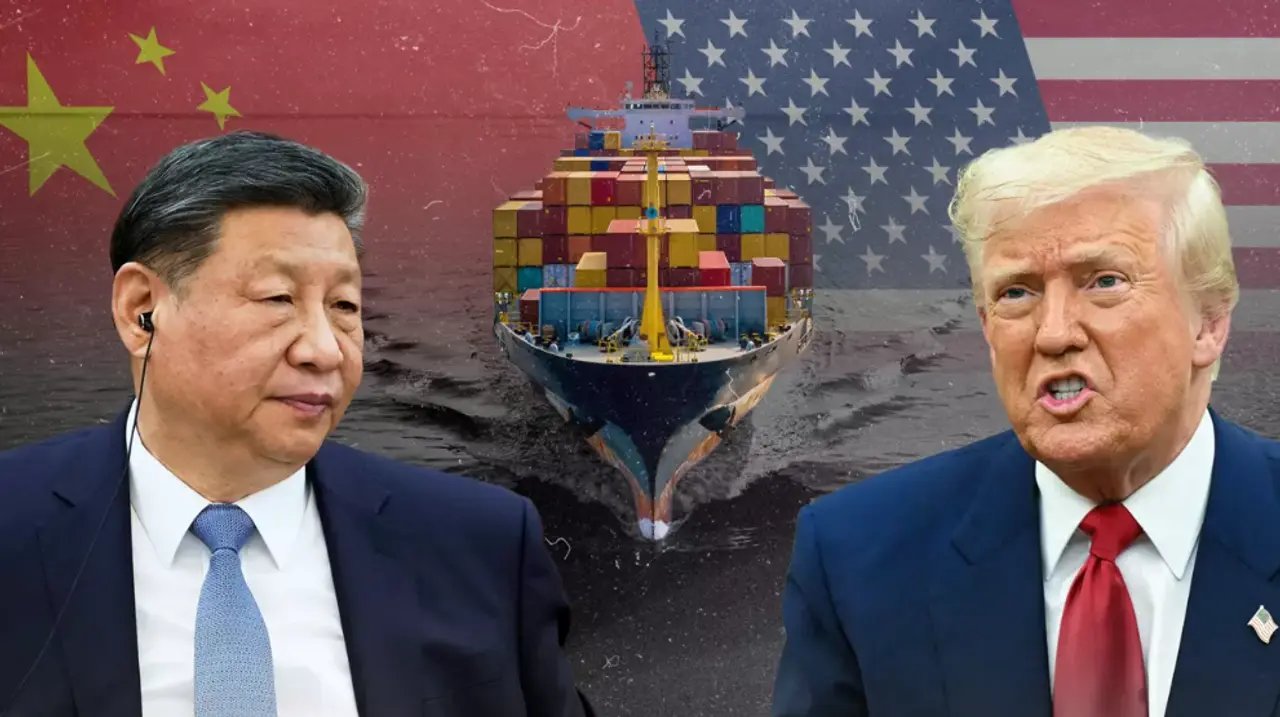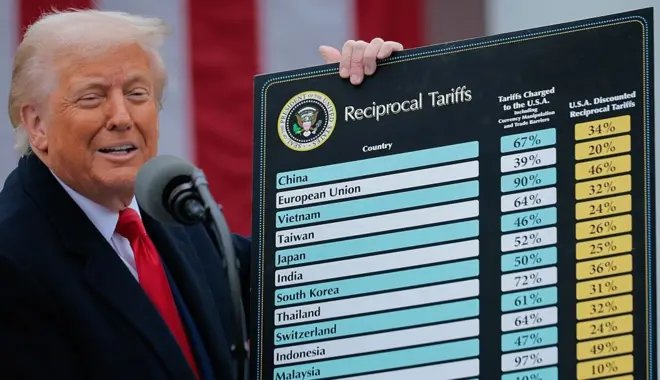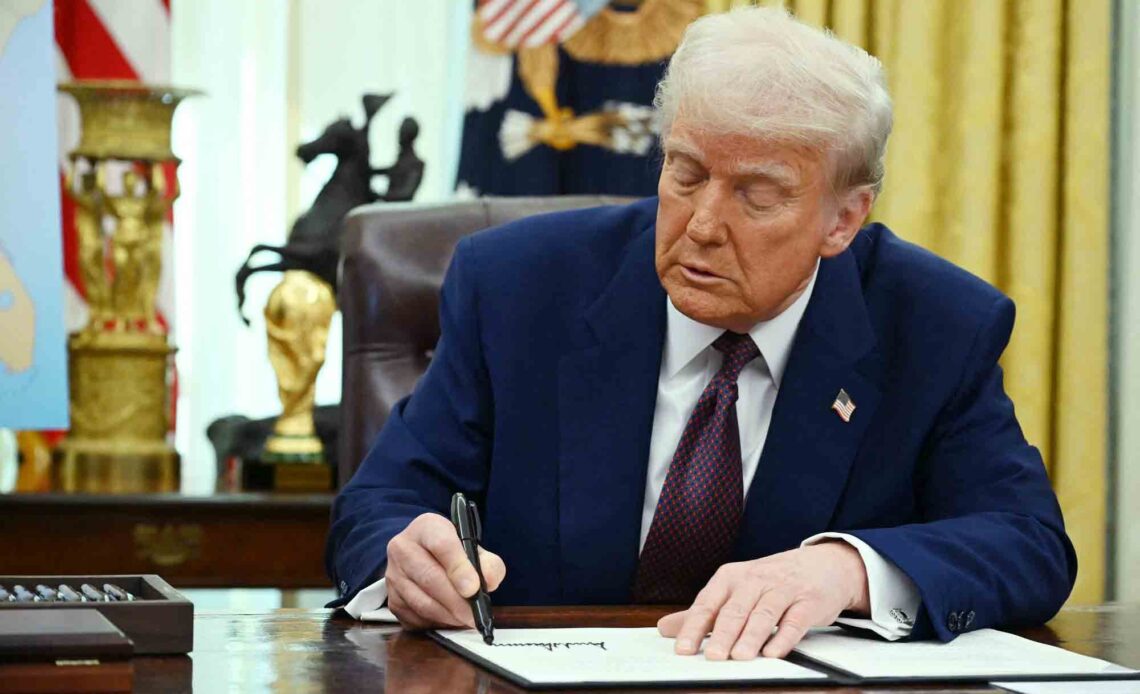In the complex and high-stakes world of global economics, few rivalries command as much attention as the one between the United States and China. As the two largest economies on the planet, their interactions—whether cooperative or confrontational—have sweeping consequences for the rest of the world. One of the most heated arenas of this competition is the ongoing “tax war” or, more broadly, the trade war, which includes disputes over tariffs, import/export duties, digital taxes, and corporate levies. Although both nations often claim to aim for fair trade practices and economic sovereignty, the philosophical and strategic differences in their approaches to taxation policies are vast and deeply rooted in their political ideologies and economic models.
## Philosophical Divide: Capitalism vs. State-Controlled Market

At the core of the tax war is a fundamental divergence in philosophy. The United States champions a capitalist model that encourages minimal government intervention, individual entrepreneurship, and free market dynamics. Taxation in the U.S. is often shaped by political cycles and economic ideologies—liberals tend to push for higher corporate taxes to fund social programs, while conservatives advocate for tax cuts to stimulate business growth.
In contrast, China follows a state-controlled market model where the Communist Party maintains a tight grip on the economy. While China has embraced some free-market reforms since the late 20th century, its taxation policies are still tools of state planning. Taxes in China are used not only to fund the government but also to direct the economy according to national goals—whether that be technological innovation, energy transition, or geopolitical expansion.
## Tariffs and the Trade War: Tactical Approaches
The most visible manifestation of the U.S.-China tax war has been the imposition of tariffs. Under the Trump administration, the U.S. levied substantial tariffs on hundreds of billions of dollars worth of Chinese goods, citing intellectual property theft, forced technology transfers, and unfair trade practices. China retaliated with its own set of tariffs on American imports such as soybeans, automobiles, and liquefied natural gas.
From the American perspective, tariffs were used as leverage to compel China to play fair in the global economic arena. Washington viewed them as punitive tools to bring China to the negotiating table and force structural reforms.
China, on the other hand, approached tariffs with caution. Although retaliatory in nature, China’s tariffs were more calculated and selectively targeted to minimize domestic economic fallout while maximizing political pressure on key U.S. constituencies, such as farmers and manufacturers in swing states.
## Tax Policy as a Geopolitical Weapon

The tax war is not merely about economic performance—it has become a potent geopolitical tool. The U.S. uses tax policy to isolate China and restrict its access to global technology. For example, tax credits in the U.S. favor domestic semiconductor production, reducing reliance on Chinese manufacturing.
China counters with its own tax incentives to lure foreign companies into relocating operations within its borders or forming joint ventures that comply with Chinese laws. This tax incentivization is part of China’s broader strategy to become self-reliant in key sectors such as AI, 5G, and renewable energy.
These tax-based strategies reveal how each country uses fiscal policy not just to balance budgets, but to achieve broader strategic aims in technology dominance, supply chain security, and global influence.
## Digital Taxation and E-Commerce Clash
Another major arena of disagreement involves the taxation of digital services and e-commerce. The United States is home to tech giants like Amazon, Google, Facebook, and Apple, which generate massive global revenues. China, meanwhile, has nurtured its own digital titans such as Alibaba, Tencent, and ByteDance.
The U.S. has vehemently opposed digital taxes imposed by other nations that target American tech firms, labeling them as discriminatory. At the same time, the U.S. promotes a global minimum corporate tax to prevent profit shifting and tax base erosion.
China, for its part, remains cautious but assertive. It uses digital tax laws to enforce data localization and content control. Moreover, Beijing is leveraging its own tech companies to establish international digital standards, thereby challenging American tech hegemony through regulation and tax influence.
## Different Regulatory Infrastructures

Another critical factor contributing to divergent views is the structure and enforcement of tax laws in both countries. The U.S. operates a relatively transparent tax system governed by legislative checks and judicial oversight. It allows corporations and individuals to challenge tax rulings, creating a dynamic legal framework.
China, however, exercises a more opaque system with centralized control. Tax enforcement is heavily influenced by the government’s priorities, and selective enforcement is often used as a political tool. For instance, crackdowns on certain tech firms or real estate giants may coincide with broader state objectives rather than purely financial infractions.
This difference in regulatory infrastructure also affects how foreign businesses perceive investment risks in both countries. While the U.S. offers more predictability, China offers potential rewards but with higher uncertainty tied to political will.
## Tax Incentives: Competing for Global Investment
Tax incentives are another field where the U.S. and China clash, particularly when it comes to attracting foreign direct investment (FDI). The United States has historically used tax cuts and regulatory easing to create a business-friendly environment, especially under administrations that prioritize deregulation.
China, on the other hand, employs targeted tax incentives within special economic zones, high-tech development areas, and for industries aligned with its Five-Year Plans. These incentives are often coupled with subsidies and state-backed loans to attract multinational corporations to set up operations in China.
Each approach has its merits and drawbacks, but the underlying competition is clear: both nations are vying to be the premier destination for global capital.
## Domestic Political Pressures and Public Sentiment

Public sentiment plays a significant role in shaping tax policy in both countries, but the dynamics differ greatly. In the U.S., public opinion is directly linked to electoral politics. Voters often scrutinize tax policies during elections, and candidates must justify how tax revenues will be used—be it for healthcare, defense, or infrastructure.
In China, where public dissent is more controlled, tax reforms are communicated as top-down initiatives designed for national prosperity. However, public sentiment still influences policy behind the scenes. Rising inequality, real estate speculation, and the tech crackdown have sparked online debates about fairness and accountability in taxation.
These differing political systems lead to contrasting methods of policy formation, transparency, and responsiveness to public demands.
## The Role of Multilateral Organizations
Both the U.S. and China are influential members of international bodies like the World Trade Organization (WTO), the Organisation for Economic Co-operation and Development (OECD), and the International Monetary Fund (IMF). These institutions often serve as arenas for tax policy debates.
The U.S. typically uses these platforms to promote liberal economic values, arguing for free markets, transparency, and the protection of intellectual property. It supports initiatives like the OECD’s global minimum corporate tax.
China, while participating actively in these forums, often seeks to reshape the narrative. Beijing prefers a multipolar economic order and uses its growing influence to push back against norms it views as Western-centric. Its Belt and Road Initiative (BRI), which involves favorable tax and trade terms with developing nations, is a direct challenge to the Western-dominated financial system.
## Economic Consequences of the Tax War

The prolonged tax war has had mixed outcomes for both nations. In the U.S., tariffs have driven up costs for some industries and consumers, though proponents argue they have reduced dependency on Chinese goods. Tax incentives have sparked a domestic manufacturing revival, particularly in strategic sectors like semiconductors.
For China, the tax war has accelerated its push toward self-reliance. However, export sectors have suffered due to increased tariffs and tighter scrutiny. The Chinese government has responded with stimulus packages, tax rebates, and innovation grants, but the pressure remains.
Globally, the tax war has disrupted supply chains, increased uncertainty, and fueled inflation. Smaller economies caught in the crossfire have been forced to take sides or diversify trade relationships to mitigate risks.
## Future Outlook: Conflict or Compromise?
The future of the U.S.-China tax war remains uncertain. With changing leadership in both countries and evolving global challenges like climate change and AI regulation, tax policies may become even more politicized.
There is potential for compromise through bilateral agreements or multilateral reforms. However, deep-rooted ideological differences, mutual suspicion, and strategic rivalry may make long-term harmony difficult.
Still, as economic interdependence persists, both nations may eventually realize that cooperation—at least in some areas—is necessary for global stability. Whether tax policy becomes a bridge or a battlefield will depend largely on diplomatic wisdom and domestic political will.
## Conclusion: A Clash of Visions
The tax war between the United States and China is far more than a dispute over numbers and percentages. It is a reflection of two contrasting visions for the global economic order—one rooted in liberal capitalism, the other in state-guided development. From digital taxation to trade tariffs, from corporate levies to strategic incentives, every aspect of this conflict reveals how differently these superpowers interpret economic power, national interest, and global responsibility.
